Home>Garden Essentials>What Happens If Grass Seed Freezes
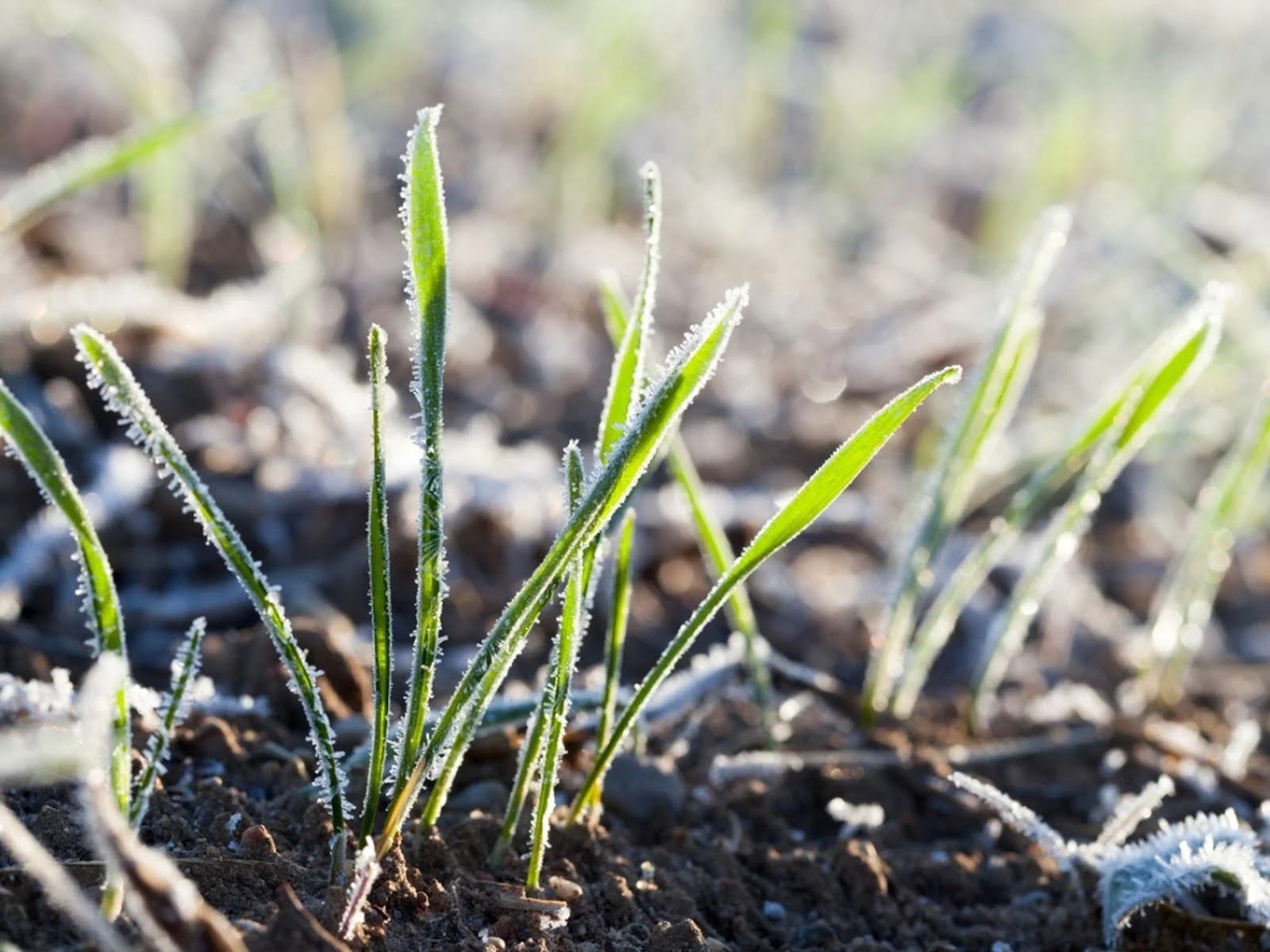

Garden Essentials
What Happens If Grass Seed Freezes
Modified: September 1, 2024
Learn about what happens if grass seed freezes in your garden and how it affects the germination process. Take the necessary precautions to ensure healthy growth for your plants.
(Many of the links in this article redirect to a specific reviewed product. Your purchase of these products through affiliate links helps to generate commission for Storables.com, at no extra cost. Learn more)
Introduction
Growing a lush and vibrant lawn starts with selecting the right type of grass seed and providing it with optimal conditions. However, even with the best preparation, unexpected factors like freezing temperatures can pose a threat to the success of your grass seed germination. Understanding the effects of freezing on grass seed and how to protect it can make a significant difference in the overall outcome of your lawn.
When grass seed freezes, it undergoes certain changes that can impact its ability to germinate and grow. In this article, we will explore the freezing process, the effects of freezing on grass seed germination, factors that determine its survival in freezing temperatures, and tips on how to protect it from the cold. So, if you’ve ever wondered what happens if grass seed freezes, keep reading to find out more.
Key Takeaways:
- Don’t let freezing temperatures put your grass seed at risk! Choose cold-tolerant varieties, prepare the seedbed, and monitor the weather to protect your seed from the cold and ensure successful germination.
- If your grass seed freezes, act fast! Thaw it gradually, rehydrate it, and consider pre-soaking or scarification to revive it. If all else fails, be prepared to reseed the area for a healthy lawn.
Read more: What Happens If A Hot Tub Freezes
Understanding the Freezing Process
Freezing is a natural process that occurs when water or other liquids solidify due to exposure to low temperatures. When it comes to grass seed, freezing can have both immediate and long-term effects.
At a basic level, freezing causes the water molecules within the grass seed to form ice crystals. These ice crystals can disrupt the delicate structure of the seed and potentially cause physical damage. Furthermore, when water freezes, it expands, which can also lead to cellular damage within the seed.
It is important to note that different types of grass seed have different tolerances to freezing temperatures. Cool-season grasses, such as Kentucky bluegrass and fescue, are more tolerant of cold temperatures, while warm-season grasses, like Bermuda grass and Zoysia grass, are more susceptible to freezing damage.
Additionally, the duration of exposure to freezing temperatures also plays a role in the extent of damage. Short periods of cold temperatures may not cause significant harm, but multiple freeze-thaw cycles can have a cumulative negative impact on the grass seed’s viability.
Now that we have a basic understanding of the freezing process and its potential effects on grass seed, let’s dive deeper into the specific consequences it can have on seed germination.
Effects of Freezing on Grass Seed Germination
When grass seed freezes, it can experience various detrimental effects on its germination and overall viability. Here are some of the common effects:
- Delayed germination: Freezing temperatures can significantly slow down the germination process. The ice crystals formed within the seed can damage the embryo, delaying or preventing its ability to sprout. As a result, you may see a delay in the emergence of new grass shoots.
- Inhibited root development: The freezing process can also hinder the development of a healthy root system. The cellular damage caused by ice crystals can impede the growth of root hairs, which are responsible for absorbing water and nutrients from the soil. This can lead to weak and shallow root systems, making the grass more susceptible to drought and other environmental stresses.
- Reduced germination rate: Even if grass seed does eventually germinate after freezing, its overall germination rate may be noticeably reduced. Some seeds may fail to germinate altogether due to the damage caused by the freezing process.
- Poor seedling vigor: Grass seed that has been exposed to freezing temperatures may produce weaker seedlings. These seedlings may struggle to establish themselves and compete with other plants in the area. They may also be more prone to diseases and pests.
- Inconsistent growth: The uneven distribution of freezing temperatures can lead to inconsistent growth patterns in the grass. Some areas may have better seed survival, resulting in thicker patches of grass, while other areas may experience poor or no germination.
While these effects of freezing on grass seed germination can be disheartening, it’s important to note that not all seeds will be affected in the same way. Some seeds may still successfully germinate and grow, while others may struggle or fail entirely. Understanding the factors that influence grass seed survival in freezing temperatures can help you take proactive measures to protect your seed from the cold.
Factors Affecting Grass Seed Survival in Freezing Temperatures
Several factors can influence the ability of grass seed to survive freezing temperatures and increase the chances of successful germination. By understanding these factors, you can take appropriate steps to protect your grass seed from the cold. Here are some key factors to consider:
- Seed variety: Different grass seed varieties have varying levels of cold tolerance. Cool-season grasses, such as Kentucky bluegrass and fescue, are generally more resilient to freezing temperatures compared to warm-season grasses like Bermuda grass. Choosing a seed variety that is well-suited for your climate can improve its chances of survival in the cold.
- Seed maturity: The maturity of the grass seed at the time of exposure to freezing temperatures can impact its survival. Fully mature seeds tend to have a higher ability to withstand cold conditions compared to immature seeds. Therefore, it’s crucial to use high-quality and properly matured grass seed when planting.
- Moisture content: The moisture content of the grass seed can also influence its ability to survive freezing temperatures. Seeds that are too dry or have low moisture content may be more susceptible to freezing damage. Ensuring adequate moisture levels before and during freezing conditions can help improve seed survival.
- Soil temperature: The temperature of the soil can provide some insulation to the grass seed. If the soil temperature remains relatively warm, it can offer some protection against freezing temperatures. Proper soil preparation and insulating measures, such as mulching, can help maintain the soil temperature and protect the seed.
- Seedbed preparation: Adequate seedbed preparation is essential for ensuring good seed-to-soil contact and optimal conditions for germination. A well-prepared seedbed with proper drainage can help eliminate excess moisture and prevent waterlogging, which can further protect the seed from freezing damage.
- Exposure duration: The length of time that the grass seed is exposed to freezing temperatures plays a crucial role. Short periods of cold temperatures may have minimal impact, while prolonged exposure can significantly increase the risk of damage. Monitoring the weather forecast and taking necessary precautions during extended cold snaps can help protect the seed.
By considering these factors and taking appropriate measures, such as choosing the right seed variety, ensuring proper seed maturity, maintaining moisture levels, and protecting the seedbed and soil temperature, you can improve the chances of your grass seed surviving freezing temperatures and achieving successful germination.
If grass seed freezes, it may become damaged and less likely to germinate. To prevent this, store grass seed in a cool, dry place and avoid exposing it to extreme temperatures.
How to Protect Grass Seed from Freezing
Protecting grass seed from freezing temperatures is crucial to ensure successful germination and establishment of a healthy lawn. Here are some effective strategies to safeguard your grass seed:
- Plant at the right time: Timing is key when it comes to planting grass seed. Aim to plant your grass seed well in advance of the first anticipated freeze in your region. This allows the seed to establish roots and develop a stronger tolerance to cold temperatures.
- Choose cold-tolerant grass seed varieties: Select grass seed varieties that are known for their tolerance to freezing temperatures. Cool-season grasses like Kentucky bluegrass, fescue, and ryegrass are typically better suited for colder climates, while warm-season grasses like Bermuda grass and Zoysia grass may struggle with freezing conditions.
- Prepare the seedbed: Ensure that the soil is properly prepared before planting. Clear any debris, rocks, or weeds from the area to provide the seed with a clean and receptive environment. Loosen the soil and mix in organic matter to improve drainage and promote healthy root development.
- Avoid overwatering: While maintaining adequate moisture is important for seed germination, avoid overwatering the seedbed. Excessive moisture can lead to poor soil drainage and increase the chances of freezing damage. Water the seedbed lightly and consistently to keep the soil moist but not saturated.
- Mulch the seedbed: Applying a layer of organic mulch, such as straw or wood chips, over the seeded area can provide insulation and protect the seed from extreme temperature fluctuations. The mulch helps to retain moisture, regulate soil temperature, and prevent frost heaving.
- Cover the seeded area: In areas with severe cold or frost-prone climates, consider covering the seeded area with a frost blanket or row cover. This additional layer of protection can help trap heat and provide insulation for the grass seed during freezing temperatures.
- Monitor the weather: Stay informed about the weather forecast in your area, especially during the critical germination period. If freezing temperatures are predicted, take additional measures to protect the grass seed, such as using frost protection blankets or temporary shelters.
- Provide supplemental heat: In extreme cases, you may need to provide additional heat sources to protect the grass seed. This can include using heat lamps, portable heaters, or even covering the seeded area with plastic to create a mini-greenhouse effect. However, exercise caution when using heat sources to prevent damage to the seed or surrounding areas.
By following these guidelines and taking appropriate measures to protect your grass seed from freezing temperatures, you can greatly increase the chances of successful germination and establish a healthy and vibrant lawn.
Read more: What Happens When A Kegerator Freezes Up
Thawing Frozen Grass Seed
If you discover that your grass seed has frozen, there are steps you can take to thaw and revive it. It’s important to act quickly to minimize potential damage and improve the chances of successful germination. Here’s how you can thaw frozen grass seed:
- Bring the seed indoors: Move the frozen grass seed indoors to a warmer area. Find a location where the temperature is consistently above freezing, such as a heated garage or a room inside your home. This gradual change in temperature can help thaw the seed without subjecting it to sudden extreme changes.
- Allow the seed to reach room temperature: Once indoors, let the seed gradually reach room temperature without exposing it to direct heat sources. This process may take several hours or even overnight. Avoid placing the frozen seed near radiators or using artificial heat sources to speed up the thawing process, as this can cause additional damage.
- Moisten the seed: While the seed is thawing, mist it lightly with water to rehydrate it. The moisture will help restore the seed’s hydration levels, which may have been depleted during the freezing process. Be careful not to overwater the seed, as excessive moisture can lead to rotting or fungal issues.
- Stimulate germination: After the seed has thawed and rehydrated, you can encourage germination by using techniques like pre-soaking or scarification. Pre-soaking involves immersing the seed in water for a few hours before planting, while scarification involves slightly scratching or nicking the seed coat to help break dormancy. These methods can help expedite the germination process and increase the chances of success.
- Replant if necessary: If the thawed seed does not show signs of recovery or appears severely damaged, you may need to consider reseeding the area. Assess the condition of the seed, and if it looks unhealthy or unlikely to germinate, it’s best to start fresh with a new batch of seed.
Thawing frozen grass seed requires patience and careful attention to ensure the best possible outcome. Keep in mind that not all seeds will recover from freezing, and the success rate may vary depending on the extent of the damage and the type of grass seed. Monitoring the seed closely after thawing and providing optimal growing conditions, such as proper watering, sunlight, and soil preparation, will further support the germination process.
Remember to always check the weather forecast and take preventative measures to protect your grass seed from freezing temperatures, as thawing frozen seed should ideally be avoided whenever possible.
Conclusion
Freezing temperatures can pose a threat to the germination and survival of grass seed. Understanding the freezing process and its effects on grass seed is crucial for ensuring a successful lawn. While freezing can delay germination, inhibit root development, reduce germination rates, and lead to inconsistent growth, there are steps you can take to protect your grass seed from the cold.
Factors such as seed variety, maturity, moisture content, soil temperature, seedbed preparation, and exposure duration all play a role in determining the ability of grass seed to withstand freezing temperatures. By considering these factors and taking appropriate measures, such as choosing cold-tolerant seed varieties, proper seedbed preparation, and avoiding overwatering, you can increase the chances of your grass seed surviving freezing conditions.
To protect your grass seed from freezing, it is important to plant at the right time, choose the right grass seed variety, and properly prepare the seedbed. Additional measures, such as mulching the seeded area, covering it with frost blankets or temporary shelters, and monitoring the weather, can provide insulation and protection against extreme temperature fluctuations.
If your grass seed does freeze, you have the option to thaw and revive it. Bringing the seed indoors, allowing it to gradually reach room temperature, rehydrating it with light misting, and stimulating germination through pre-soaking or scarification can help increase its chances of successful germination. However, if the seed appears severely damaged or does not indicate signs of recovery after thawing, it may be necessary to consider reseeding the area.
In conclusion, protecting grass seed from freezing temperatures requires careful planning, proper seed selection, and thoughtful maintenance. By understanding the freezing process, implementing preventative measures, and taking appropriate steps to mitigate potential damage, you can give your grass seed the best chance to thrive and establish a healthy and vibrant lawn.
Frequently Asked Questions about What Happens If Grass Seed Freezes
Was this page helpful?
At Storables.com, we guarantee accurate and reliable information. Our content, validated by Expert Board Contributors, is crafted following stringent Editorial Policies. We're committed to providing you with well-researched, expert-backed insights for all your informational needs.
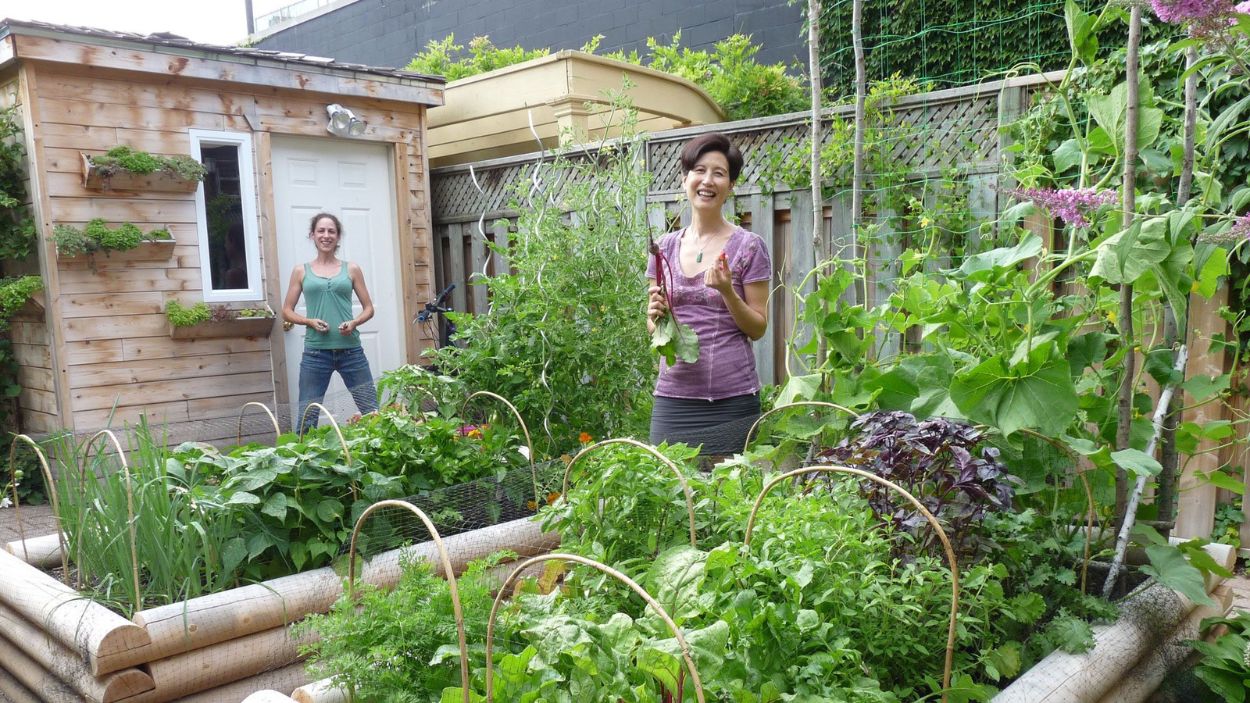
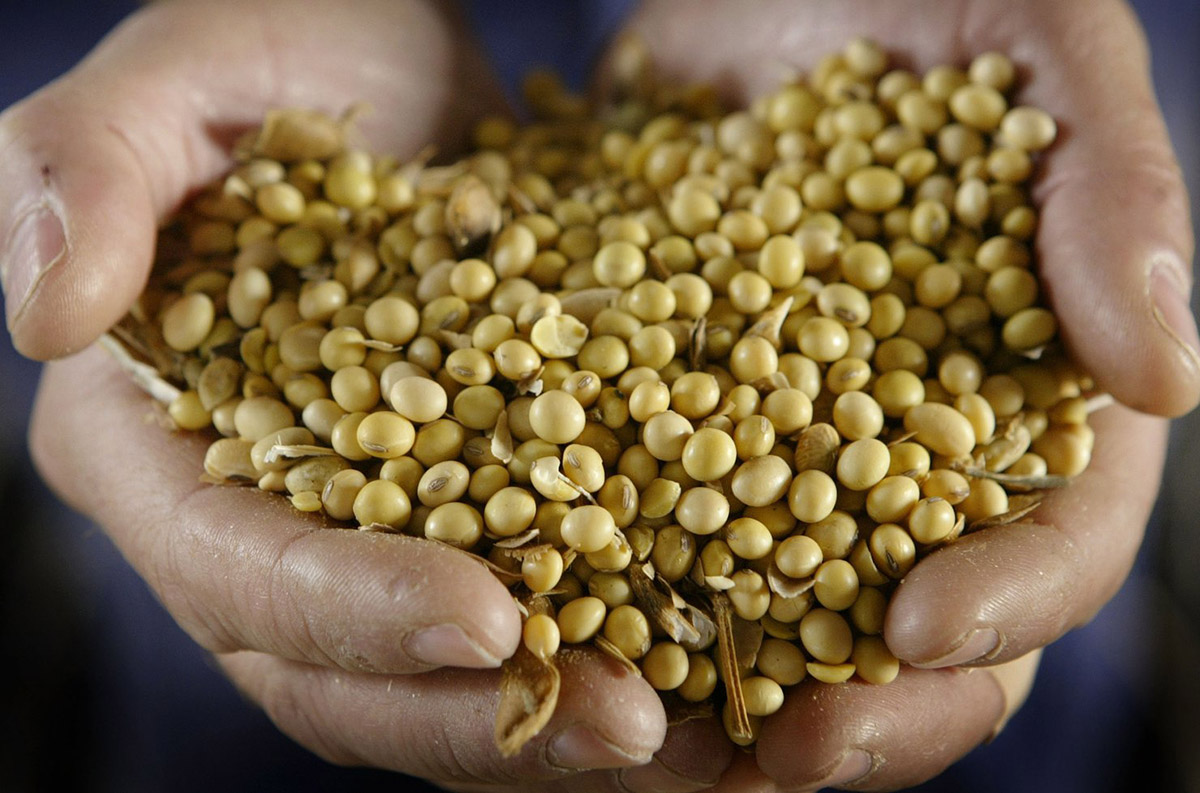
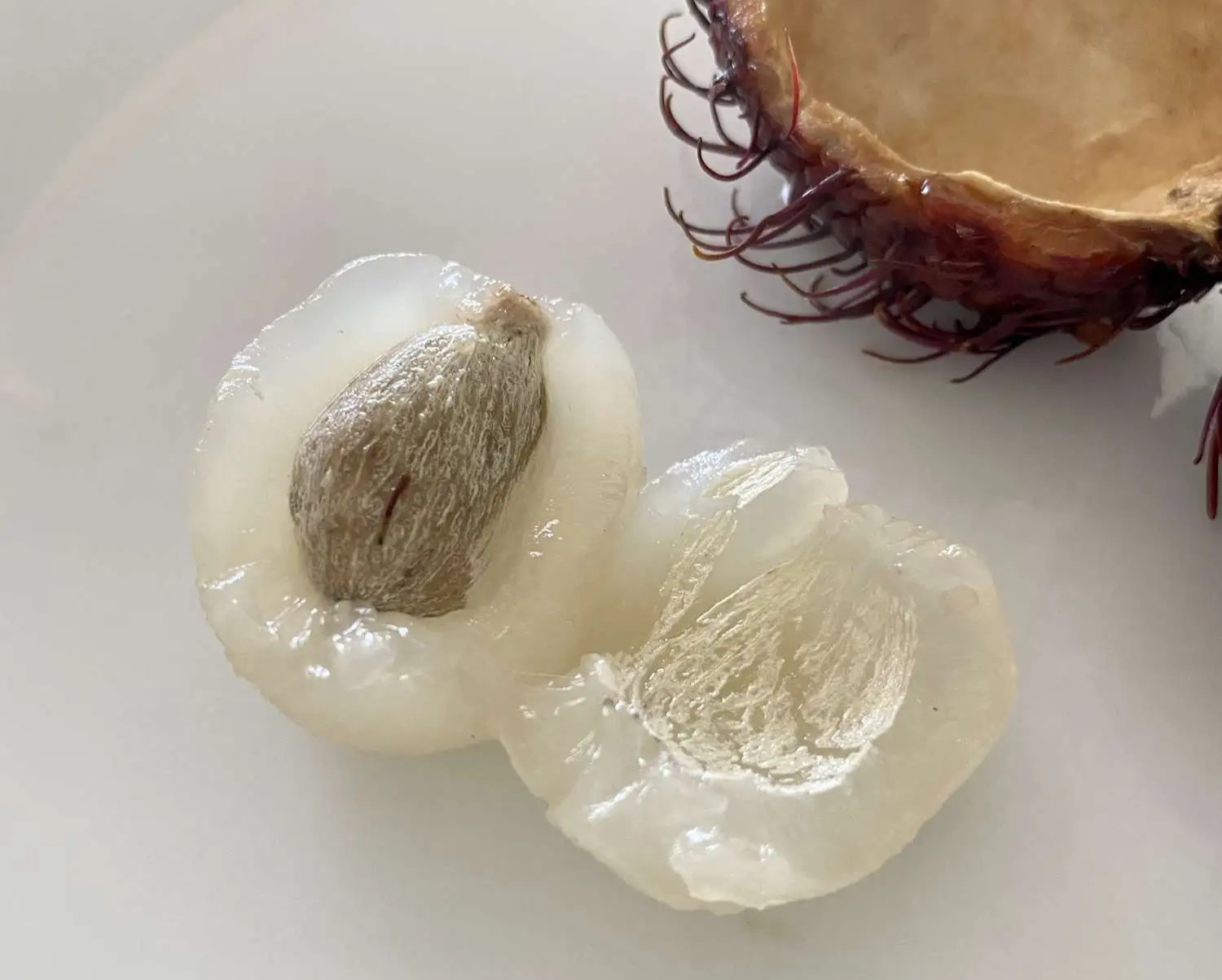
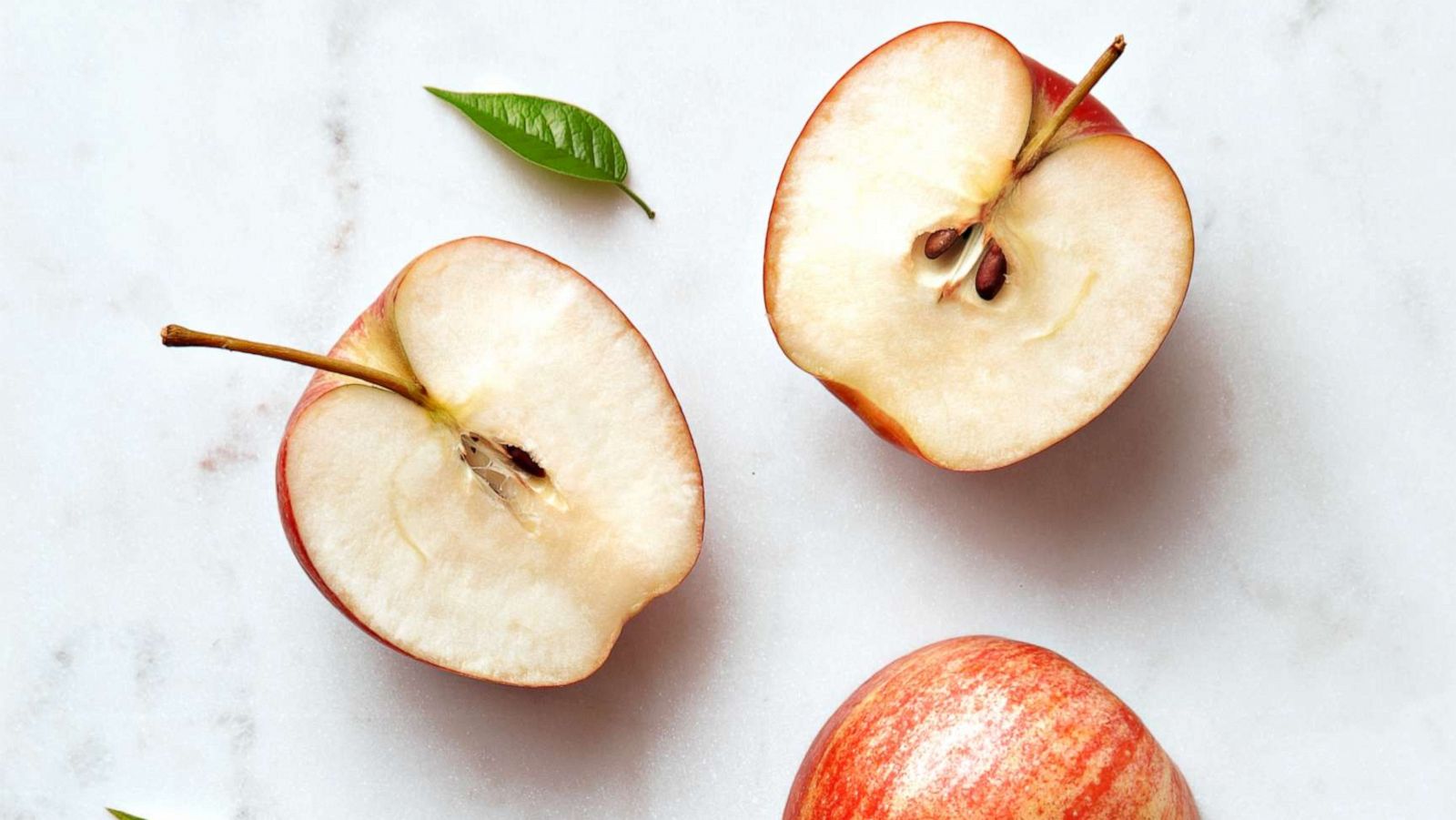
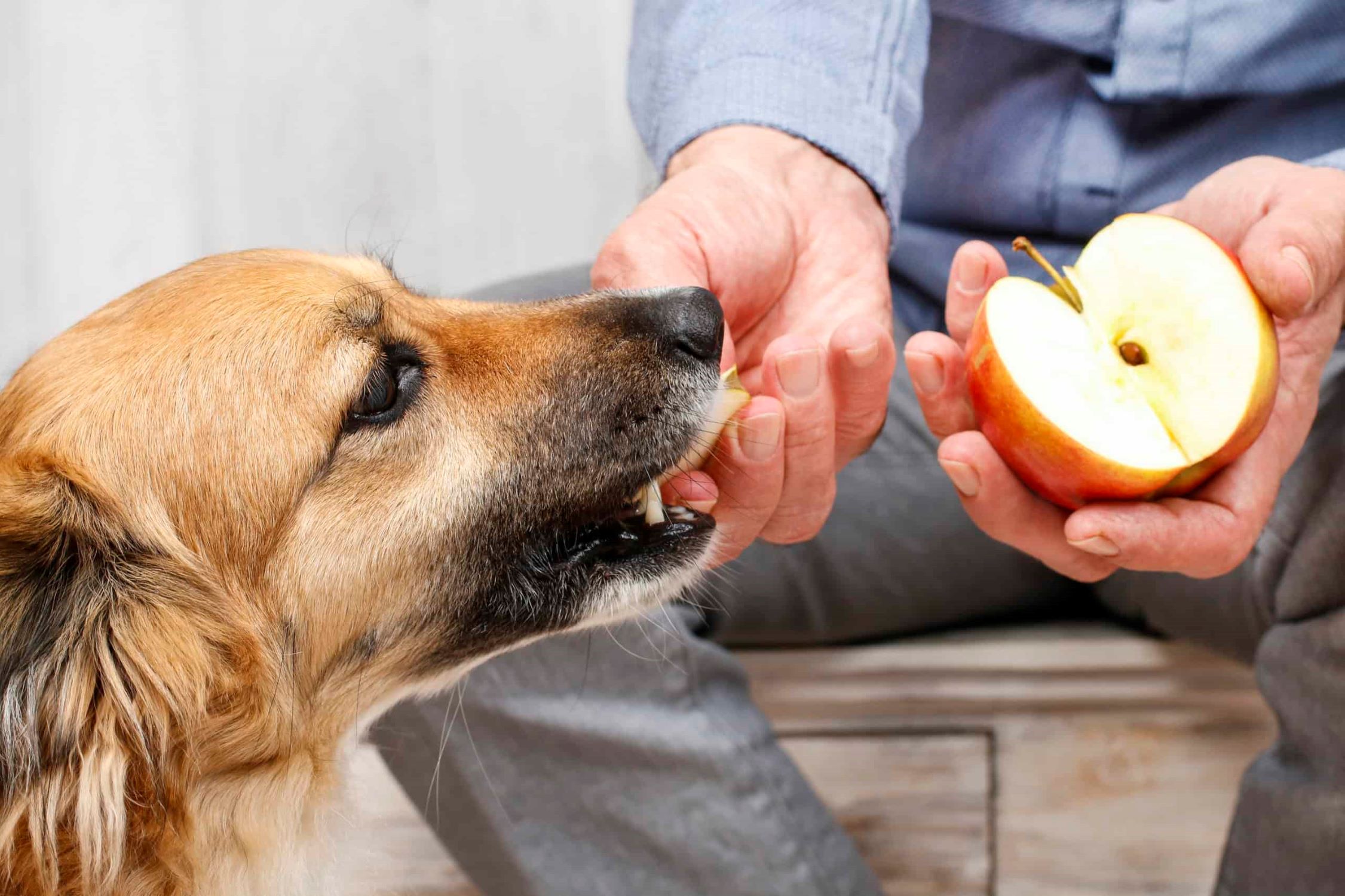
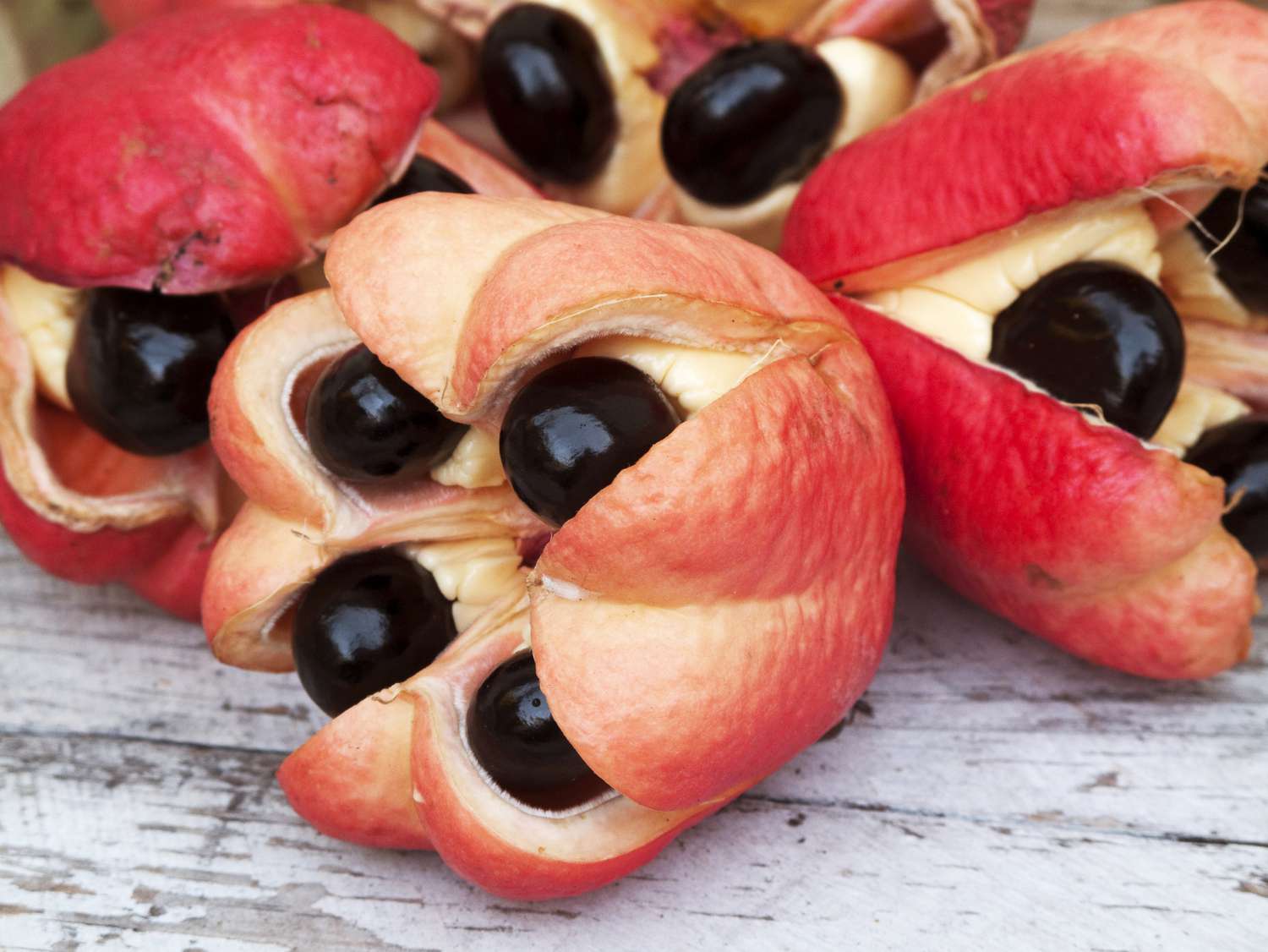
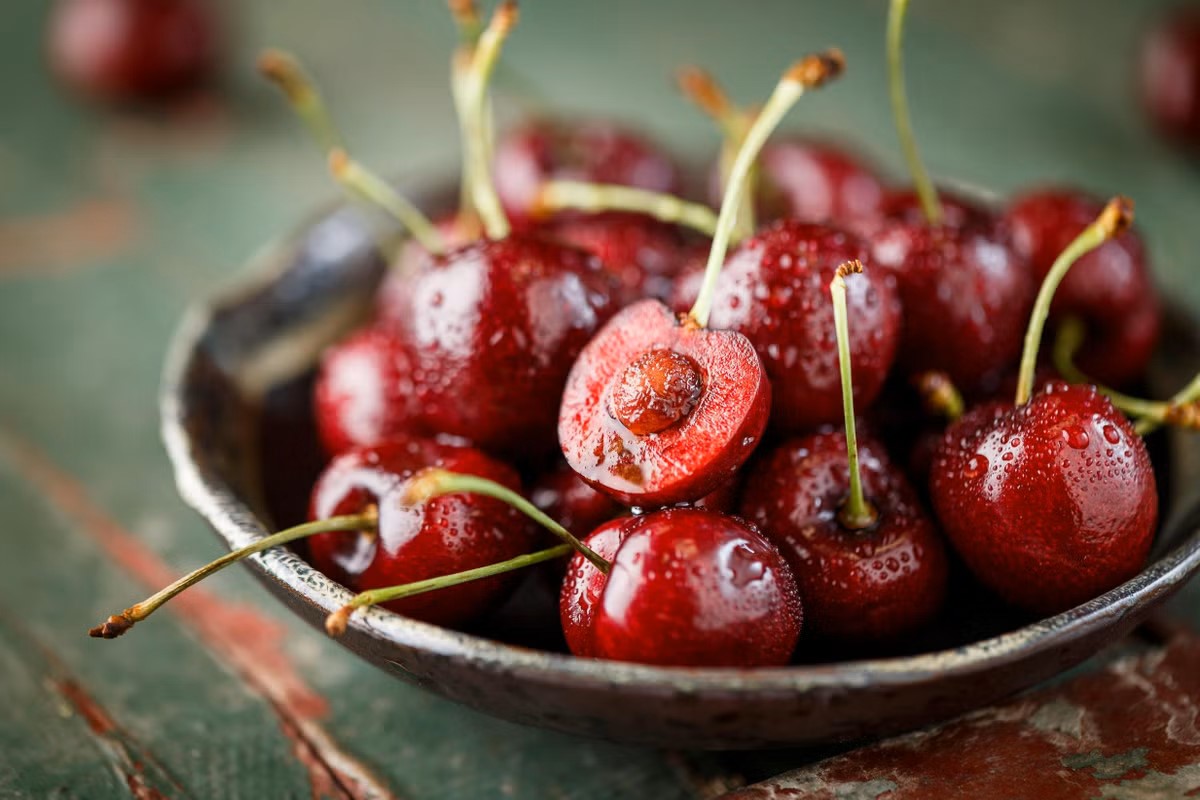


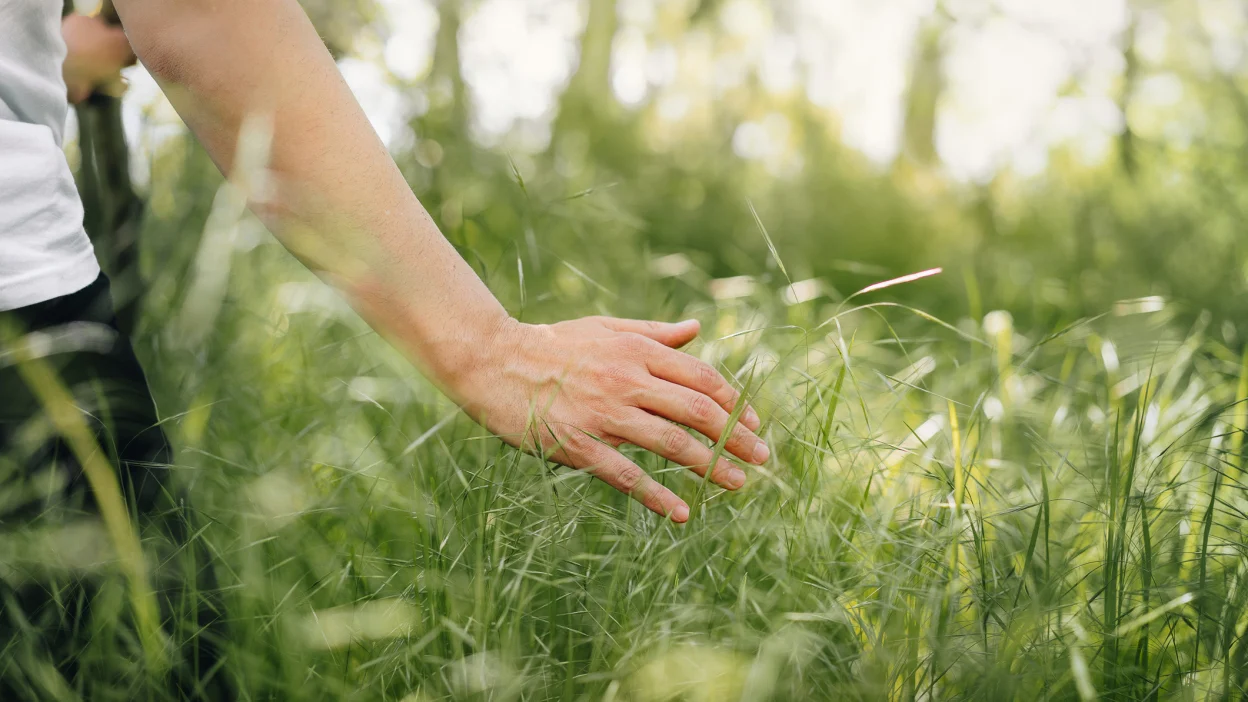
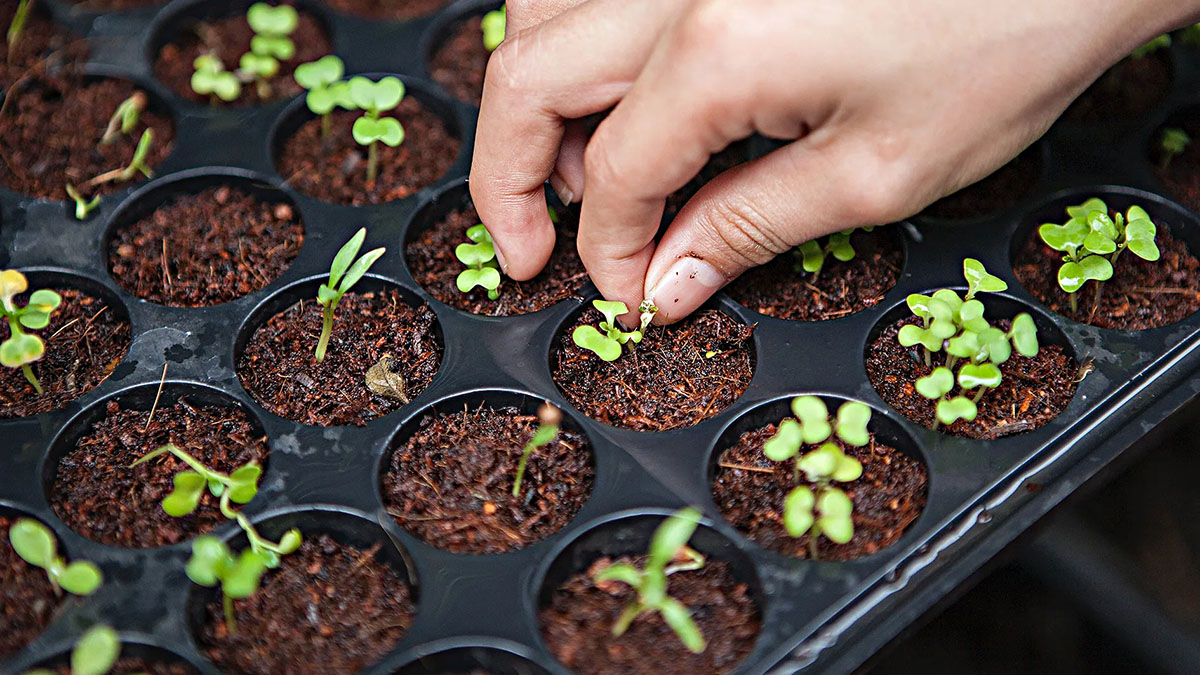
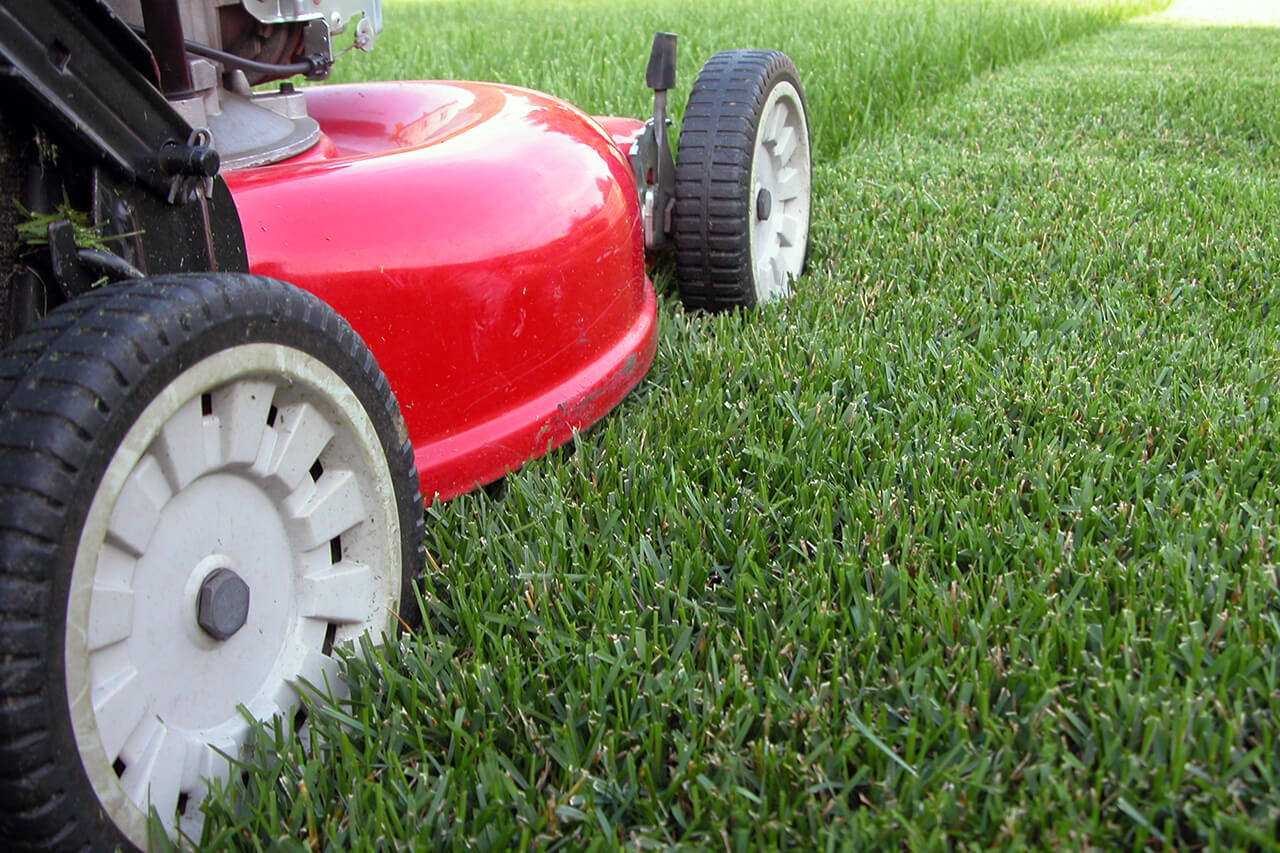
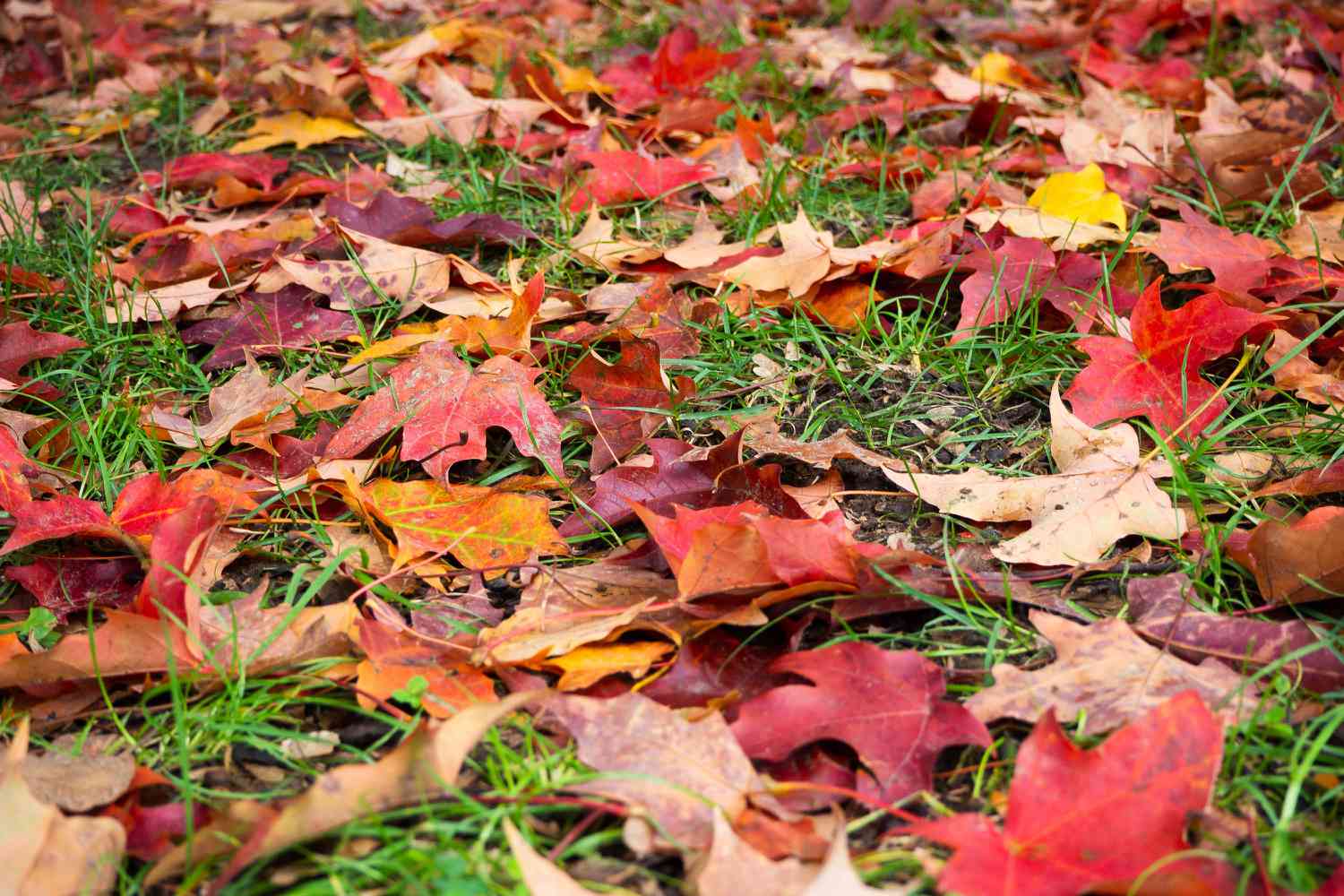


0 thoughts on “What Happens If Grass Seed Freezes”